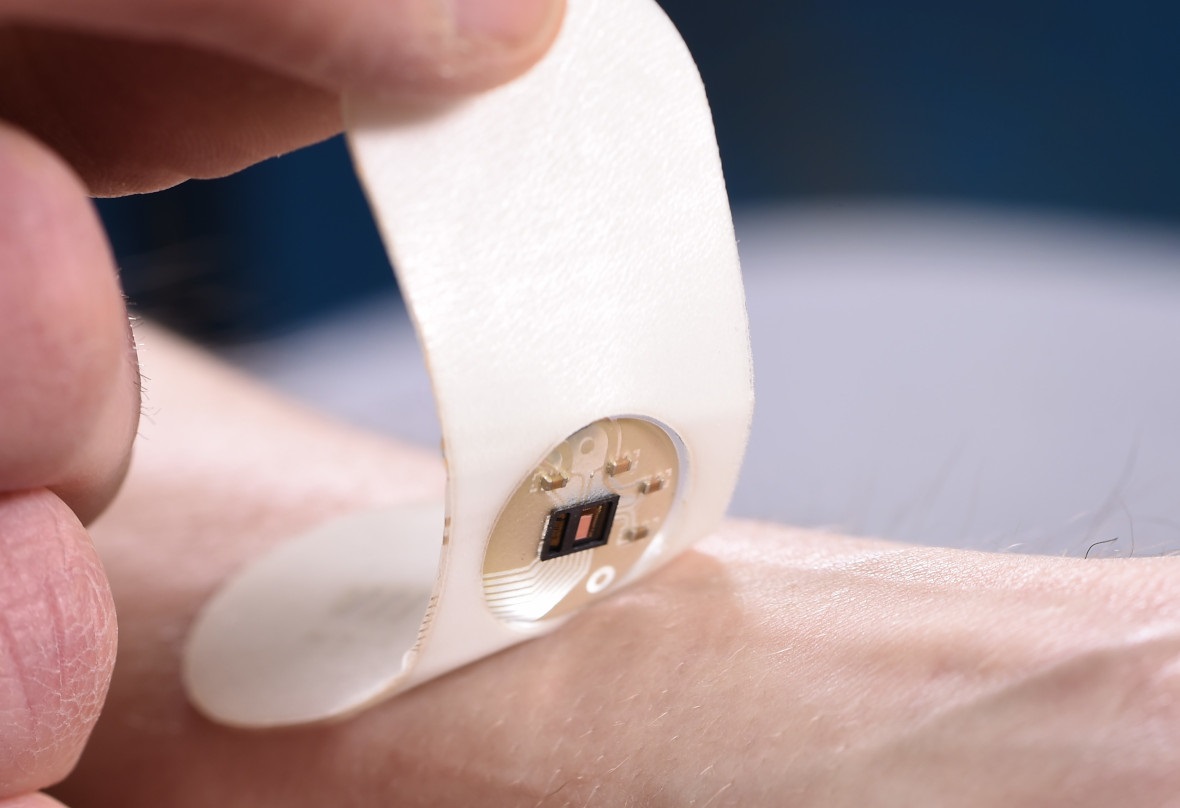Calls for Ukraine
Calls for Europe
Calls for USA

An international team led by researchers from the University of Rovira i Virgili (URV) has developed an innovative piece of medical technology equipment: a smart device capable of continuously and accurately monitoring skin temperature. The device uses a thermoelectric system that works without batteries or external power supply, detecting temperature fluctuations associated with inflammation and infection. The results of the project are published in the journal Advanced Science.
The original goal of the research was to improve the autonomy of sensors used in medical and industrial settings. The idea was to avoid dependence on batteries and create flexible devices that could be easily attached to the skin.
Temperature is an important indicator for early diagnosis of wounds and inflammation of the skin. Local temperature fluctuations can indicate infections, healing problems or other unhealthy changes. Until now, diagnosis has been done with infrared cameras or spot sensors, but the problem with these methods is that they require immobilizing the patient and do not allow monitoring of the entire skin surface.
This study is a step forward. The device is able to accurately measure small temperature changes and identify specific foci of inflammation due to its structure based on a network of thermocouples. These are junctions of semiconductor materials that generate an electrical signal when a difference in temperature is detected. It’s like creating a heat map of the skin with dots that indicate where the affected area is located.
The device was validated through modeling and testing on human skin, even under conditions of increased sweating using saline solution to simulate sweating. The tests showed that the device is able to detect temperature fluctuations of up to 0.4°C and respond to temperature changes in less than three seconds. This allows real-time monitoring of the wound and rapid detection of any signs of infection.
The device is based on flexible thermoelectric materials combined with a conductive polymer applied using technologies similar to those used in t-shirt printing. This means that it can be manufactured on flexible substrates that can adhere seamlessly to the skin. “This configuration is not only more accurate than traditional sensors, but also more resistant to external influences, such as through sweat or skin movement,” the researchers said.
The researchers also tested the durability of the device. They subjected the sensors to hundreds of bending cycles to see if they would deteriorate over time. The results were very promising as the sensor retained its functionality even after repeated deformations.
In addition, the information provided by the sensor is easy to interpret: the system can display a color map with temperature gradients, which means that medical staff, without needing training, can quickly identify the affected areas. This facilitates clinical decision making .
The device can be worn for several days before replacement without compromising human comfort.
This technological breakthrough opens the way to more personalized and affordable medicine. The sensor will not only help prevent infections in surgical wounds and ulcers, but can also be adapted for other applications, such as monitoring inflammation.
The research team is already working on new projects to expand the functionality of the device, such as embedding biosensors to measure other physiological variables, such as dissolved gas levels or specific biomarkers.
Please rate the work of MedTour
